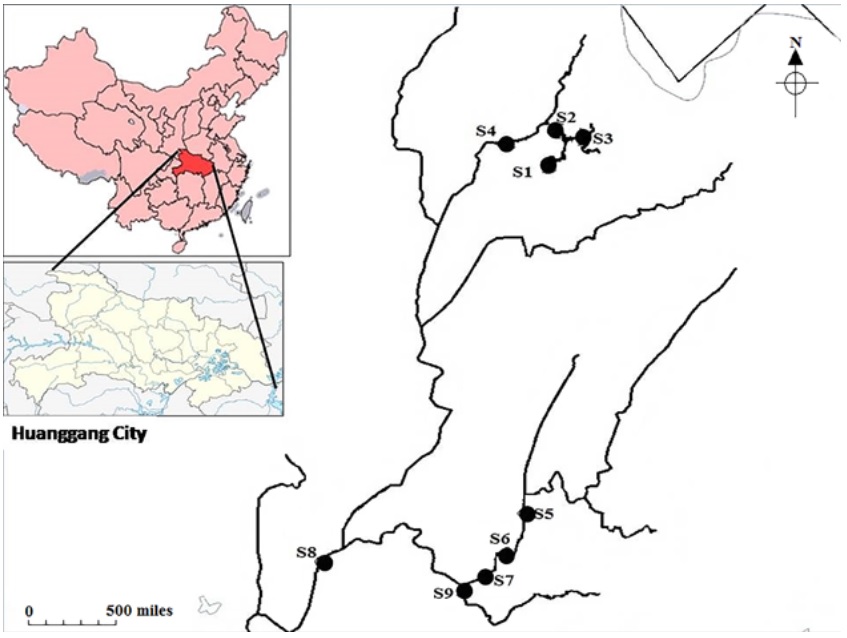Ammonia-oxidizing microorganism communities are abundant and functionally efficacious in nitrification. However, ammonia-oxidizing archaea (AOA) and ammonia-oxidizing bacteria (AOB) groups complicate this process in subtropical streams. This study investigates the abundance of ammonia-oxidizing communities south of the Dabie Mountains, China, using quantitative polymerase chain reaction (qPCR). Clone libraries were utilized to analyze the abundance and microbial structures of AOA and AOB in sediments. Such analysis may provide strong evidence reflecting the links within the environment. The results show that AOB had a lower abundance of copies of the ammonia-oxidizing gene (amoA) than AOA. Interestingly, the AOA and AOB community compositions were correlated with ecological characteristics. The dissolved oxygen (DO) and oxidation-reduction potential (ORP) had significant positive correlations, whereas the phosphorus within the structure had a negative correlation with the abundance of both groups. Our study shows that it might adopt some species related to Nitrosotalea clusters that can resist comparably higher pH (toward pH 6.5). Together, these results imply that the physiological adaptation of microbial guilds to environmental pressures in ammonia-oxidizing archaea might allow them to have a more substantial function of ammonia-oxidizing communities in natural habitats.

